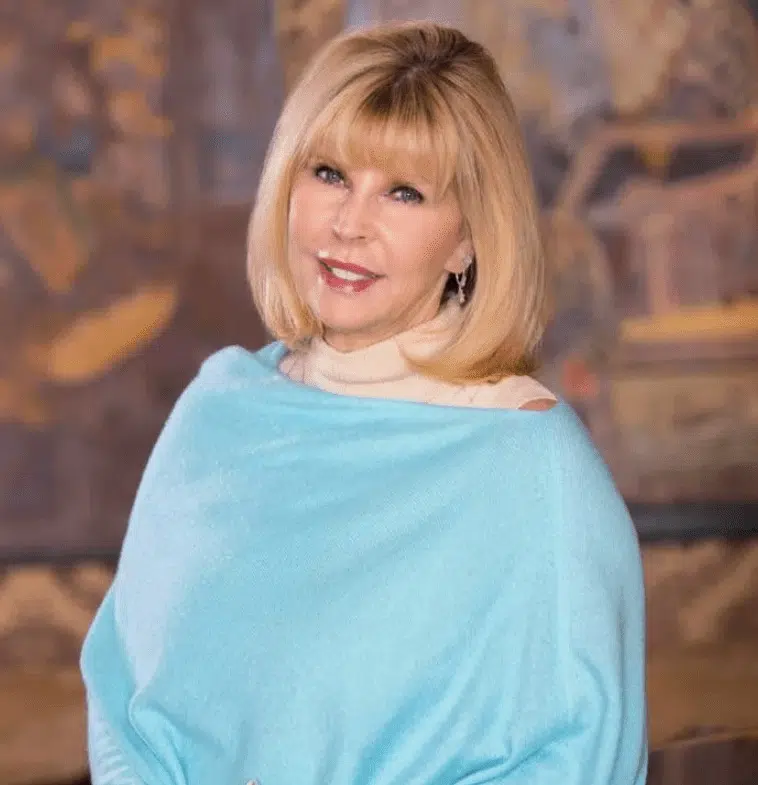 When women and girls are empowered to participate fully in society, everyone benefits. ~ Melinda Gates
When women and girls are empowered to participate fully in society, everyone benefits. ~ Melinda Gates
In 2018, women across the country were elected to a record number of local and statewide offices. The “Pink Wave” also swept across the nation in midterm elections that carried young women and veterans to victory in Senate and governors’ races and brought some major breakthroughs for women of color. Some of the big winners of the year were seasoned leaders, like Michigan governor-elect Gretchen Whitmer, and Kansas governor-elect Laura Kelly. But many of the toughest House races were won by political neophytes taking their first steps into electoral politics.
The “firsts” this year included:
- Rashida Tlaib of Michigan and Iham Omar of Minnesota became the first and second Muslim women elected to Congress.
- Deb Haaland of Arizona and Sharice Davids of Kansas became the first two Native American women elected to Congress. Davids also made history as the first openly LGBT woman of color in Congress.
- Ayanna Pressley became Massachusetts’ first black congresswoman.
- New York’s Alexandria Ocasio-Cortez, a 29-year-old progressive, won in a shocking upset.
- Veronica Escobar and Sylvia Garcia became Texas’s first two Latina congresswomen.
- Lou Leon Guerrero became the first woman governor of Guam.
- Angie Craig became the first openly lesbian mother in Congress and the first openly LGBT member of Congress from Minnesota.
- Jahana Hayes, a former schoolteacher, became Connecticut’s first black congresswomen.
- Young Kim of California became the first Korean American woman in Congress.
- Marsha Blackburn became Tennessee’s first woman elected to the Senate.
- Janet Mills in Maine, Kim Reynolds in Iowa, and Kristi Noem in South Dakota became the first female governors for their states.
The 2018 election cycle was also the first following the defeat of the first woman presidential candidate of a major party. In this cycle, many women saw a need to change the status quo and volunteered to run without being recruited. They also ran differently. Instead of putting on the power suit and spouting resume talking points, they featured their children in ads, offered personal testimony about sexual harassment and abuse, and opened up about family struggles, drug abuse and debt. Their openness connected with many facing the same struggles, and their authenticity paid off.
According to figures compiled by the Center for American Progress in November 2018:
- A record number – at least 126 women so far – have won seats in the US Congress (three races remain uncalled by the Associated Press).
- A historic high of 43 women of color were elected to Congress, along with at least three who identify as LGBTQ.
- The number of women serving in state legislatures will exceed 2,000 for the first time ever.
- The number of women governors rose by 50 percent, from six to nine.
More Gains to be Made
These are exciting numbers and historic wins, but we clearly still have a significant leadership gap. As of January 2019, women will still represent less than one fourth of members of Congress, both in the House and the Senate. Although they will hold 28 percent of seats in state legislatures, women hold only 18 percent of governorships, and, as of August 2018, are less than a quarter of the mayors of America’s 100 largest cities. To be clear, women make up slightly more than one half the population.
We must continue our support of women doing the hard work of holding elected office and encourage women to run and especially to run again. One defeat means nothing in a political career. EMILY’s List, VoteRunLead, and She Should Run all reported a huge surge in women interested in running in this cycle. These women who mustered their courage demonstrated that women are truly ready to lead, and that the people are ready to elect them in their communities, states, and nation. We need to celebrate these women who are paving the way, and help others follow their lead.
We can also encourage and inspire our daughters, granddaughters, and young women in our communities. There are a number of organizations that will make good use of our time, talent and treasure. For example, Girls Inc. has chapters nationwide and works to inspire all girls to be strong, smart, and bold. The Center for American Women and Politics at Rutgers has an initiative dedicated to making women’s public leadership visible to the next generation, with programs set up nationwide, called Teach a Girl to LeadTM. The Sue Shear Institute for Women in Public Life at University of Missouri St. Louis prepares college women and has even hosted a Girls’ Summit for middle schoolers. Ask around in your community for opportunities to mentor and engage at a local level, and if you don’t find any, join with other women to start one.
Ultimately, we want 2018’s “Pink Wave” to close the leadership gap and make our voices heard on every level. Women leaders change the game. We do indeed need at least half our leaders to be women, and by working together we can make it happen. Just think how that will change our country and the world!

